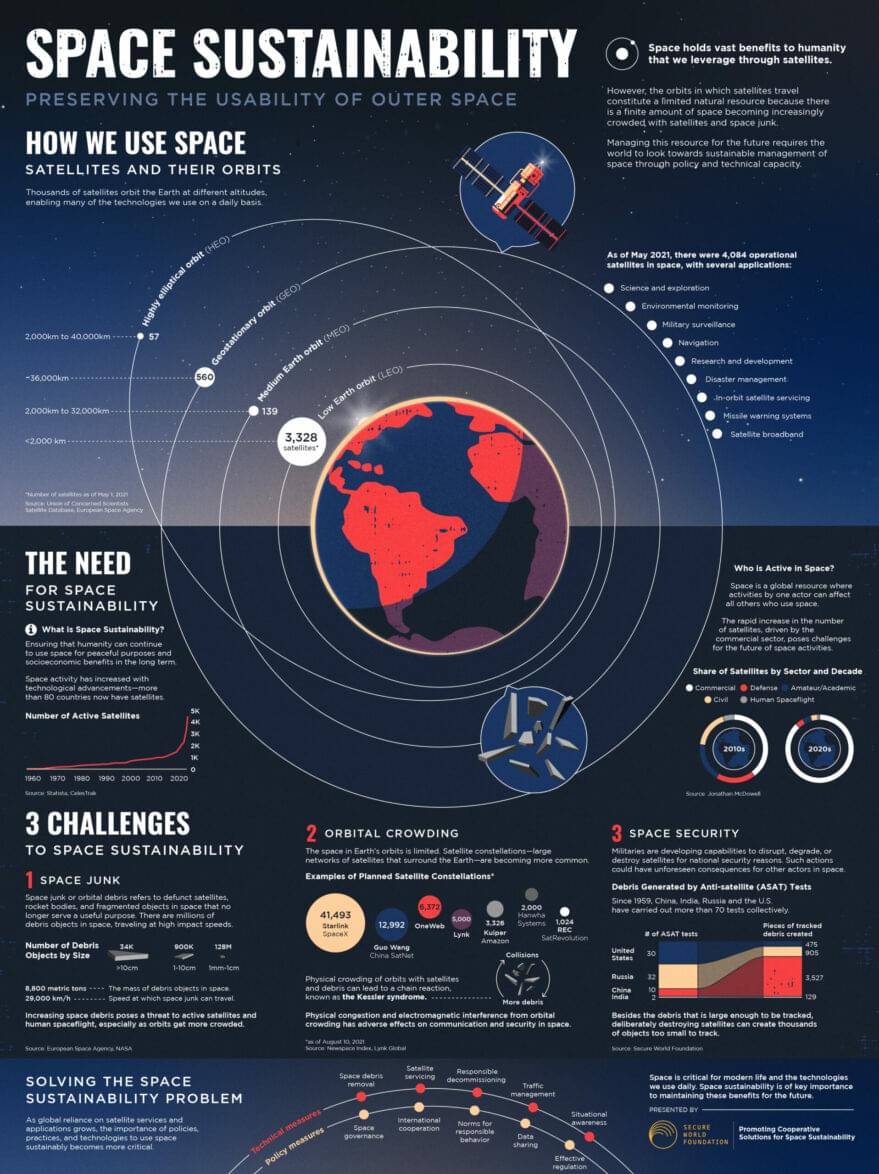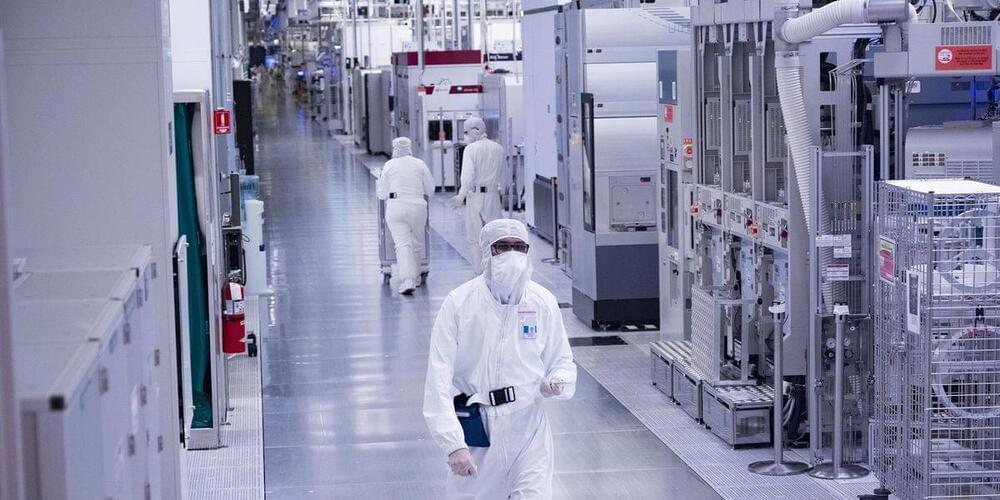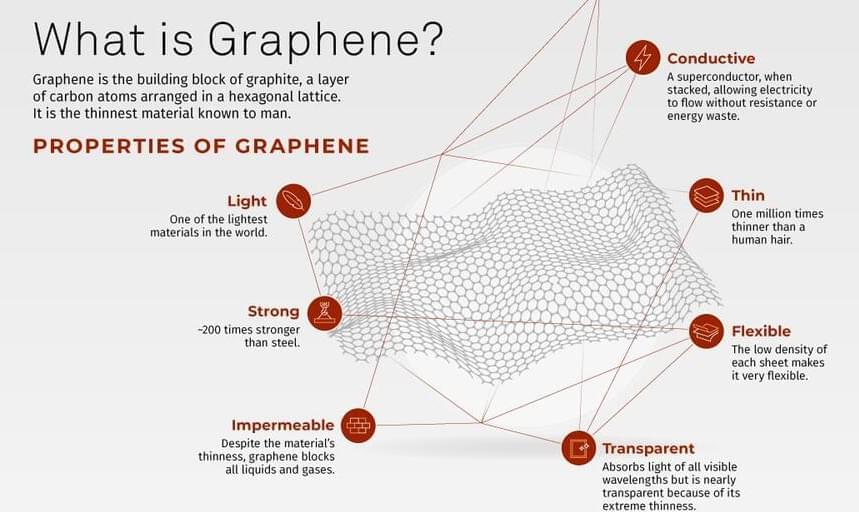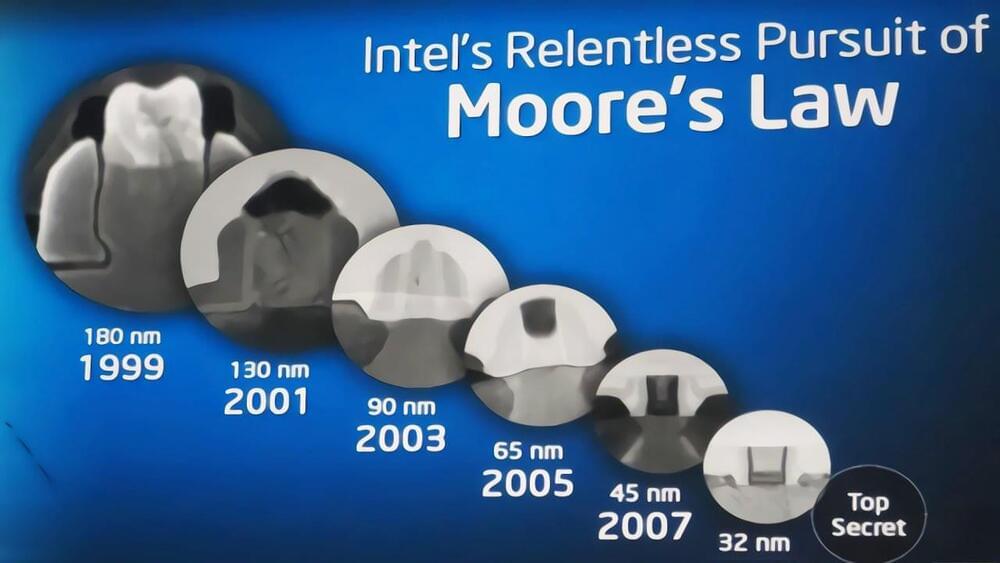For more than 50 years, near space has been viewed as a vast resource to exploit with few limits. In reality, near space is a very scarce resource. While international agreements such as the Outer Space Treaty and the Registration Convention take steps to protect this precious resource, no single global body is responsible for ensuring the long-term sustainability and safety of near space.
The current surge in the exploitation of outer space means that this lack of a global framework for space sustainability must be addressed immediately, or it will be too late; near space will be cluttered and unrecoverable. We are seeing increased use of near space for tourism and other business ventures and the deployment of megaconstellations comprising tens to hundreds of thousands of satellites. And this is just the start. Last month, we witnessed a Russian anti-satellite test that left portions of near space cluttered with orbital debris. Failure to implement a global framework with an enforcement mechanism for space sustainability could severely impact the ability to fully utilize the resource in the near future.
Today near space activities are subject to disparate space sustainability requirements, generally reliant on the requirements of the object’s launching state or conditions imposed by countries in which entities have market access. Some countries have developed well-crafted requirements for at least some space objects, but others have not. In addition, except for the items covered in existing treaties, like launching state liability, there is almost no harmonization on requirements, which further jeopardizes space sustainability.









